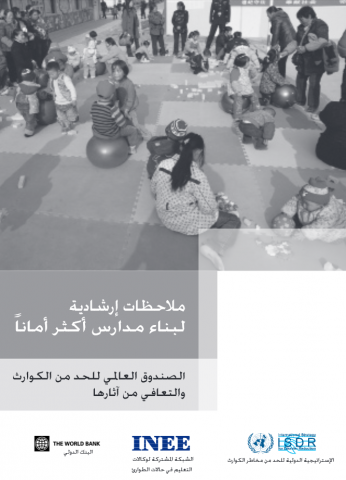Mauritania: Small-scale surface irrigation for food security
The majority of the population in Mauritania provides for themselves through traditional agriculture and livestock farming and are heavily dependent on the rainy seasons. As a result of unpredictable seasonal rains and climatic conditions, climate hazards (in particular periodic droughts), encroaching desertification and competition for resources, the majority of the population remains chronically vulnerable to […]
Mauritania: Small-scale surface irrigation for food security Read More »

